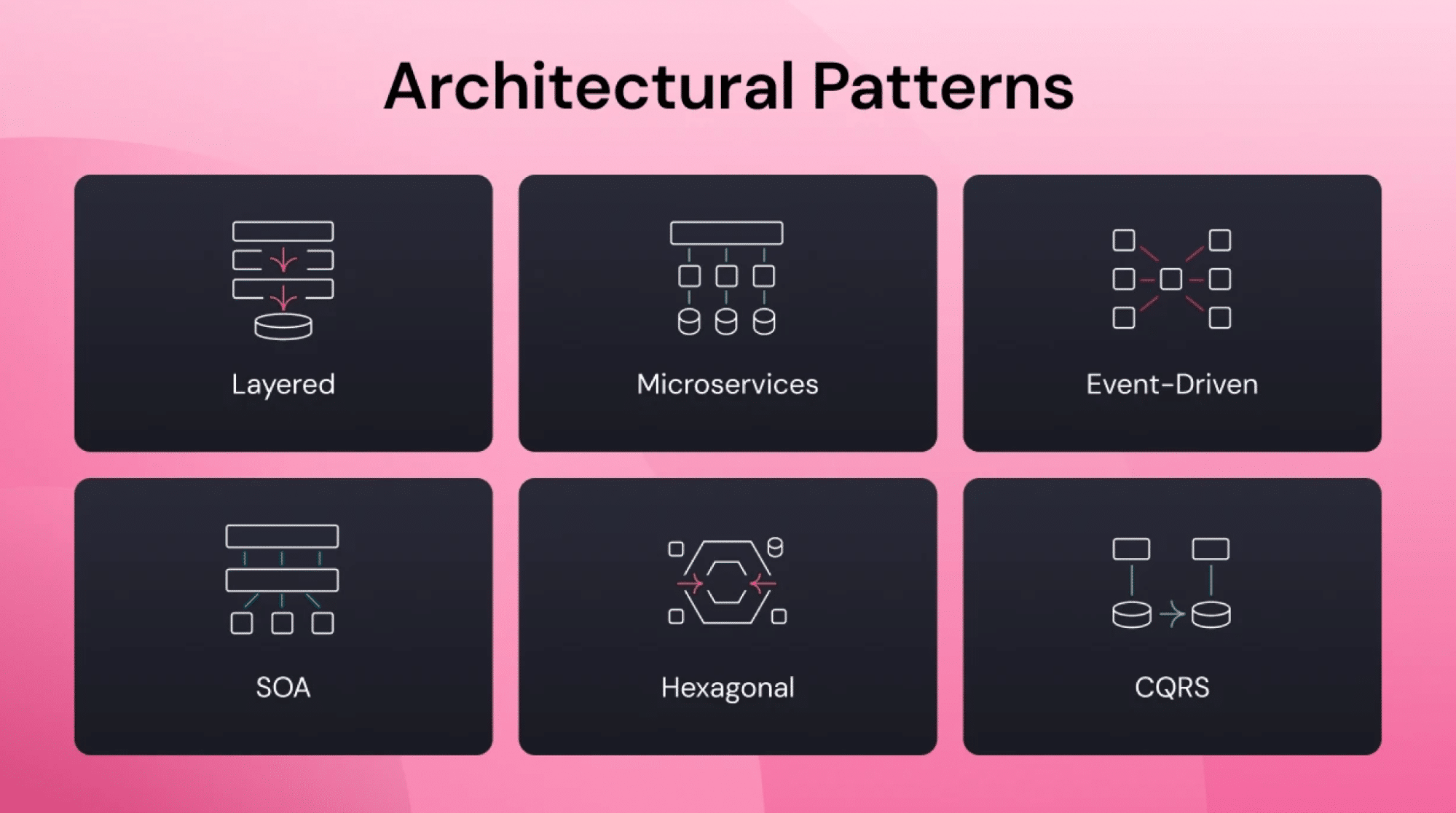Enterprises have been implementing digital transformation initiatives for over a decade, but even now, most of those efforts fall short. What gives?
Digital leaders frequently focus the effort on software. Software, however, is not the point of digital transformation. Such transformation is indeed software-powered, but even more so, it is customer-driven.
Customer-driven change as broad as digital transformation is difficult and risky. More often than not, the organization’s software efforts aren’t up to the task.
Instead of focusing digital efforts solely on software, organizations must adopt change as a core competency. Digital transformation represents ongoing, transformative change across the organization, not just its software initiatives.
Architecture is at the Center of Digital Transformation
Nevertheless, software must power the transformation — and if software fails to deal well with change, then the organization will fail as well.
Technical debt, therefore, can become the primary roadblock to digital transformation – the ball and chain that impedes software change, and with it, the organization’s broader digital transformation efforts. As a result, digital transformation raises the bar on resolving technical debt. No longer is such debt solely an IT cost concern. It now impedes digital transformation broadly – and with it, the organization’s competitive advantage.
Digital transformation success depends upon resolving issues of technical debt beyond software itself. Such debt, after all, includes obsolete ways of thinking and doing things, not just obsolete code.
The missing element that links software to these broader business transformation concerns is architecture.
Architecture is the discipline that connects the intricacies of software design to the broader digital priorities of the organization. In particular, architecture is at the heart of any organization’s efforts to adopt change as a core competency.
For this vision of transformation to become a reality, however, organizations must move beyond the architectural techniques of the past. Instead, they must take an ‘architect for change’ approach that is inherently iterative and constantly recognizes and manages architectural debt.
Architectural Debt beyond Software
As I explained in a previous article, architectural debt is a special kind of technical debt that indicates expedient, poorly constructed, or obsolete architecture. Reducing architectural debt is an important goal of most modernization initiatives.
Modernization, however, is only a part of the digital transformation challenge, as modernization alone doesn’t help an organization become more adept at change generally. Digital transformation requires that the entire organization adopt change as a core competency, not solely the software development team or even the entire IT department.
As a result, organizations must rethink the role that software architecture plays. Before digital transformation became a priority, software played a support role for the business, with software architects ensuring that applications aligned with business needs.
Digital transformation raises the bar on this support role. For digitally transformed organizations, software becomes the business. Software architecture, in turn, must support the entire organization’s efforts to ensure that business transformation drives change as a core competency.
For successfully transformed organizations, software architecture becomes a facet of enterprise architecture (EA), rather than a separate discipline.
EA concerns transformation at all levels of the organization, from the lines of business to the applications to the underlying infrastructure. For EA to drive change as a core competency across the organization, it must focus on revamping business silos to be customer-focused.
Such organizational change never comes easy – and in fact, siloed organizational structures represent enterprise architectural debt.
Conway’s Law gives us a path out of this predicament. Conway’s Law states that organizational silos parallel software silos. Furthermore, changing one kind of silo will drive change in the other – and vice-versa.
Digital transformation provides all architects with an important architectural tool: rethink the software as customer-driven end-to-end, and the organization will eventually follow suit.
Resolving Architectural Debt during Digital Transformation
Organizations must not only leverage software architecture to better manage change but also change their fundamental approach to architecture overall.
We’ve been down this road before, as various generations of software best practices have revamped how organizations architect their software.
From Agile to DevOps, and now to DevSecOps, cloud-native computing, and mobile-first digital initiatives, every step in the inexorable progression of modern software techniques has required increasingly flexible, dynamic architectural approaches.
We’ve long since moved past the waterfall approach to architecture, which called for near-complete software design artifacts before anyone wrote a line of code.
Now, we have just-in-time, just-enough approaches to architecture that avoid overdesign while responding to changing requirements over time.
Taking this modern approach to architecture is necessary for digital transformation initiatives, but it isn’t sufficient – because digital transformation is as much a business transformation as a technological one.
As Conway’s Law suggests, efforts to reduce architectural debt within the software organization will lead to a corresponding reduction in enterprise architectural debt. Resolving architectural debt across the enterprise can thus facilitate the necessary architecture-led transformation.
Architectural visibility is essential for such debt reduction and, therefore, for the success of the digital transformation effort overall.
Architectural observability gives software teams visibility into their architectural debt, thus providing a path to reducing it. When organizations are digitally transforming, this visibility gives insight into how best to resolve issues of enterprise architectural debt that threaten to interfere with the transformation effort.
Once an organization becomes proficient in managing all forms of architectural debt, they will finally become able to achieve the essential goal of establishing change as a core competency, not only in the software department, but across the enterprise.
The Intellyx Take
There are many interrelated architecture disciplines in any enterprise – software architecture, enterprise architecture, solution architecture, data architecture, and many more.
Architects within each specialty focus on the proper design and organization of the architectural elements within their purview – but all such professionals align those elements with the priorities of the business.
Modern, iterative, just-in-time architectural approaches are an important part of this story – but so is an ongoing commitment to reducing architectural debt across the board.
Copyright © Intellyx LLC. vFunction is an Intellyx customer. Intellyx retains final editorial control of this article. No AI was used to write this article. Image source: Adobe Image Express







